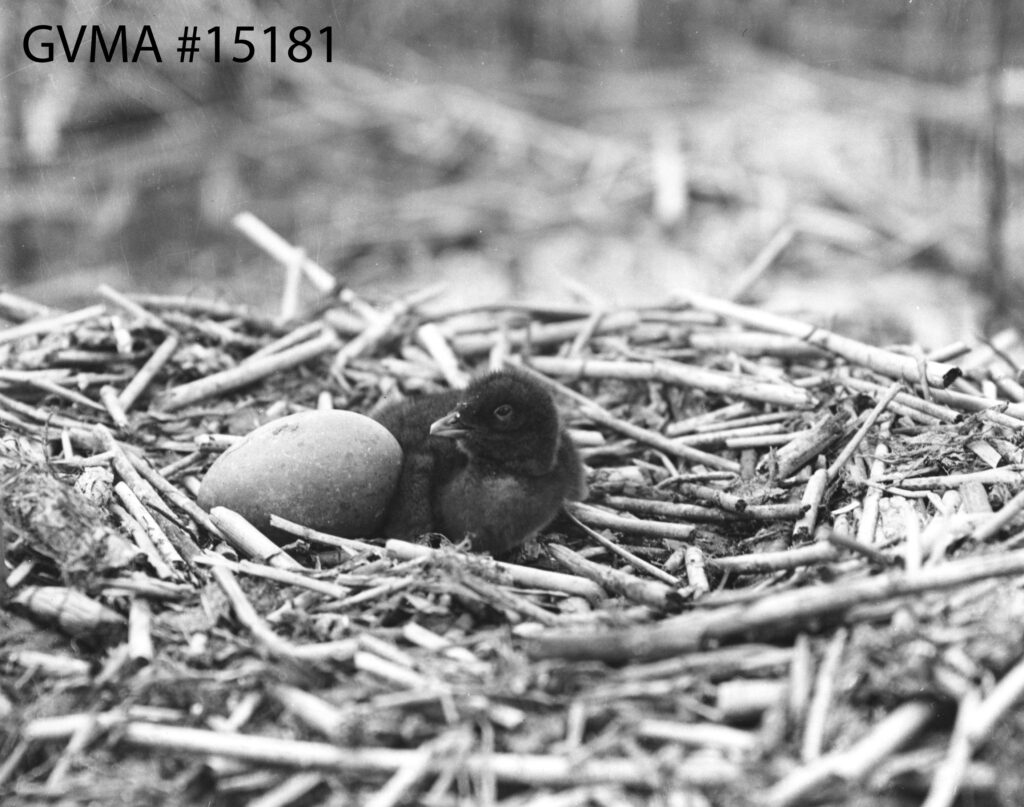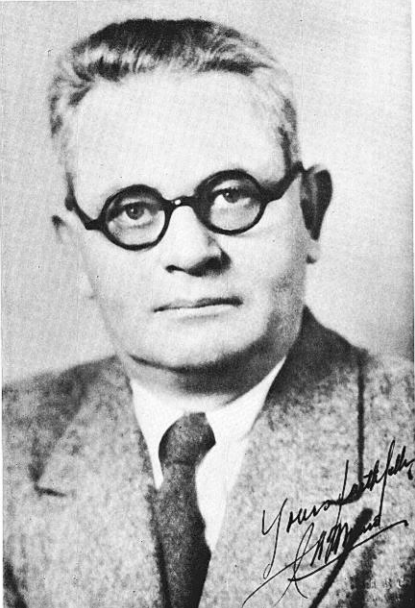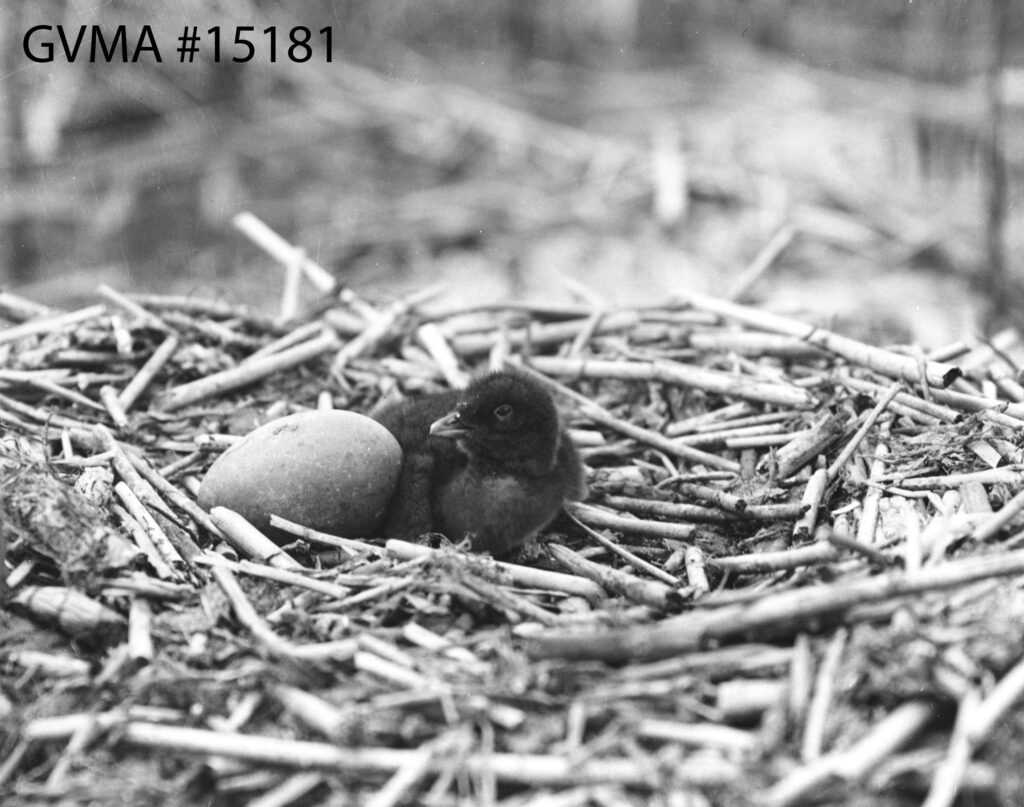

On April 22, Earth Day will be commemorated in 192 countries around the world. Since its inception in 1970, the event has sought to raise awareness of the need to protect Earth’s natural resources and foster a global environmental movement. Over the years, Vernon has been home to many environmental champions, one of whom was considered a leading authority on waterfowl in western North America.
James A. Munro was born in Kildonan, Manitoba, on November 8, 1884. He grew up in Toronto, where he was introduced to naturalists including Dr. William Brodie, Sam Wood, and John Edmonds. Munro moved to Okanagan Landing in 1910 with his wife Isabella, who was recovering from tuberculosis.
Here, Munro crossed paths with fellow ornithologist Major Allan Brooks. While they reportedly went on numerous field expeditions together and held each other’s abilities in high esteem, their strong-willed and opinionated natures often led to disagreements.
Here, Munro crossed paths with fellow ornithologist Major Allan Brooks. While they reportedly went on numerous field expeditions together and held each other’s abilities in high esteem, their strong-willed and opinionated natures often led to disagreements.
In 1913, Munro became a member of the American Ornithological Union, and by 1920, assumed the role of Chief Federal Migratory Bird Officer for the four western Canadian provinces. He held this position until his retirement in 1949, during which period he authored more than 175 publications on the birds of British Columbia.
Over the years, Munro’s concern about the human-induced degradation of waterfowl nesting habitats across the province grew steadily. He was deeply trouble by the observed pollution of lakes and streams and was one of the first to draw attention to this issue. His advocacy spurred further field studies investigating the effects of economic expansion and population growth on migratory birds, fish populations, and mammals.
Munro passed away in 1958, and a decade later, the Canadian Government erected a monument commemorating his achievements at Summit Creek, near Creston. This marked the federal government’s first acknowledgment of the accomplishments of one of its dedicated conservationists. On the occasion, Ian McTaggart, Dean of Graduate Studies at UBC, remarked that Munro “had been the chief spokesman in western Canada for the cause of migratory birds for 38 years.”
If you are interested in reading more about James A. Munro, click here for a comprehensive obituary by James L. Baillie.
To explore more of Vernon’s history, check out our other blog posts!
Gwyneth Evans, Archives Manager

